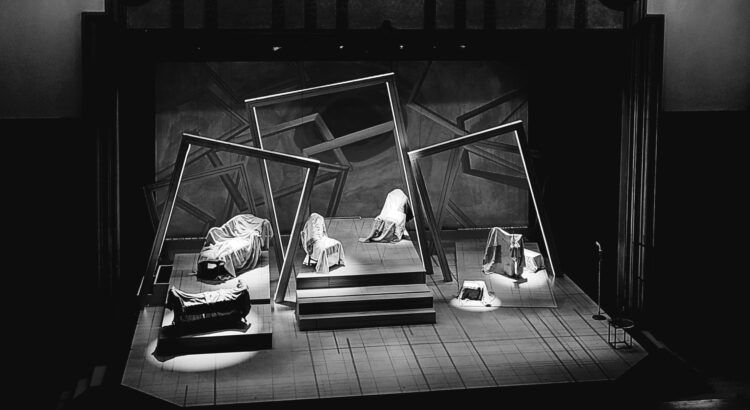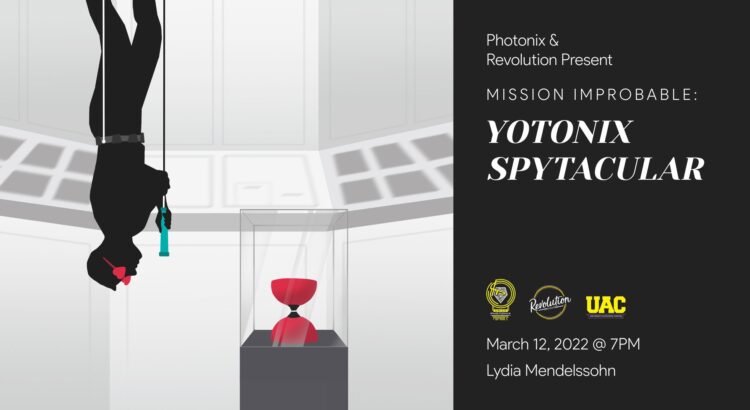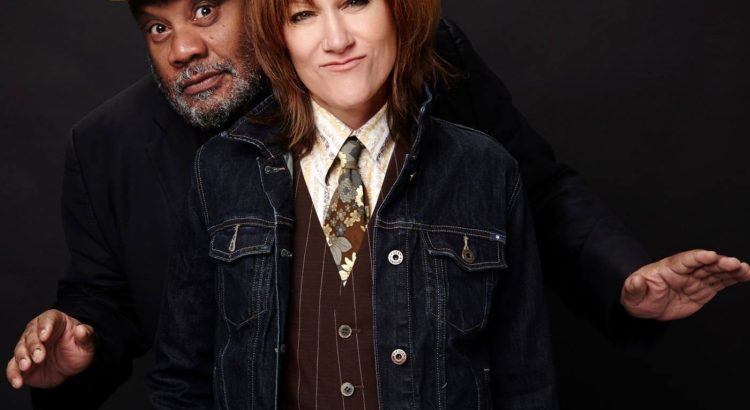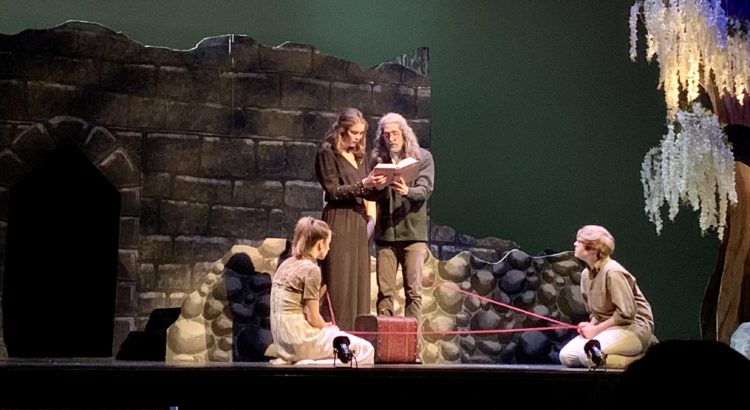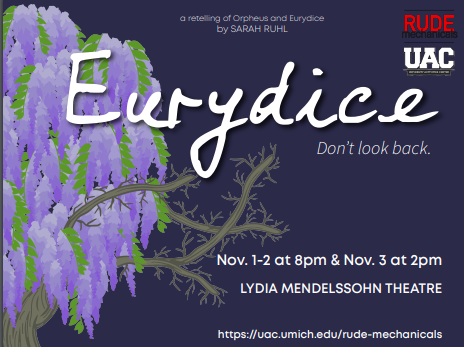Landing itself at the tail end of the year, the KASA Culture Show presents a grand finale to the year. KASA stands for the Korean American Student Association, a cultural/social organization that seeks to bring together a Korean American community and celebrate Korean culture. The night was full of wonderful performances of music and dance, but the true highlight was the screening of a popular K-drama remake. This year, KASA showcased their remake of the film Door Lock (도어락).
Before I get into the film, I’d like to highlight how amazing the music performances were. Sinaboro started off the night with a bang (of a janggu) performing a traditional Samul Nori (사물놀이) ensemble. Samul Nori is a genre of traditional Korean percussion music that utilizes four instruments: the kkwaenggwari (꽹과리), a small gong, the jing (징), a larger gong, the janggu (장구), an hourglass-shaped drum, and the Buk (북), a barrel bass drum. The precise rhythms and clangorous quality of Sinaboro’s performance brought a part of Korean culture that was unique and very interesting to learn about/experience. Additionally, Seoul Juice gave a stellar performance, although I am not completely familiar with their set list, each song filled the theater with pleasing harmonies that the band is well associated with. Personally, I’ve seen Seoul Juice perform multiple times and they always deliver, by which I mean every single member gave their all.

Now the film was no doubt the highlight of the night, as it captivated the whole audience in its masterly-made production. Door Lock is a horror movie about a woman’s victimization by the hands of a stalker. Carrying heavy themes about sexual assault, stalking, and kidnapping, the film is one that leaves the audience in horrifying suspense about the identity of Kyungmin’s stalker but also woeful concern about her safety. By all means, the most fun part of it was the audience’s reactions as everyone screamed in terror, gasped in shock, and aired their frustration that she would just let that guy in her apartment. The way the film was shown to the audience was also unique and fascinating as it was cut into parts, progressively being shown between performances. It left us in the audience with cliffhangers, red herrings, and terrible suspense.
However, I do note that there was one problem I found to be pervasive: the overrepresentation of Kpop in Korean culture. While I absolutely adored the flawless formations and power of Female Gayo, the baddie energy and captivating visuals of Humi, the stylishness and effortlessness of DB3, the uniqueness and ingenuity of UMTKD, the focus and freshness of K-Motion, it felt like the heavy presence Kpop has overshadowed other important aspects of Korean culture. I would like to emphasize that Korean culture is not just the Kpop that it is often represented with, and a culture show should be a space to celebrate diverse representations of culture, not just a popular facet of it.
Despite this criticism, I found the KASA Culture Show to be a great time. The energy from the audience gave me life, and every time the dancers were only shown through silhouette I audibly gasped by how cool it looked. In summation, I love performances and the multimedia showcase of the KASA Culture Show was exemplary in all counts quality-wise.


